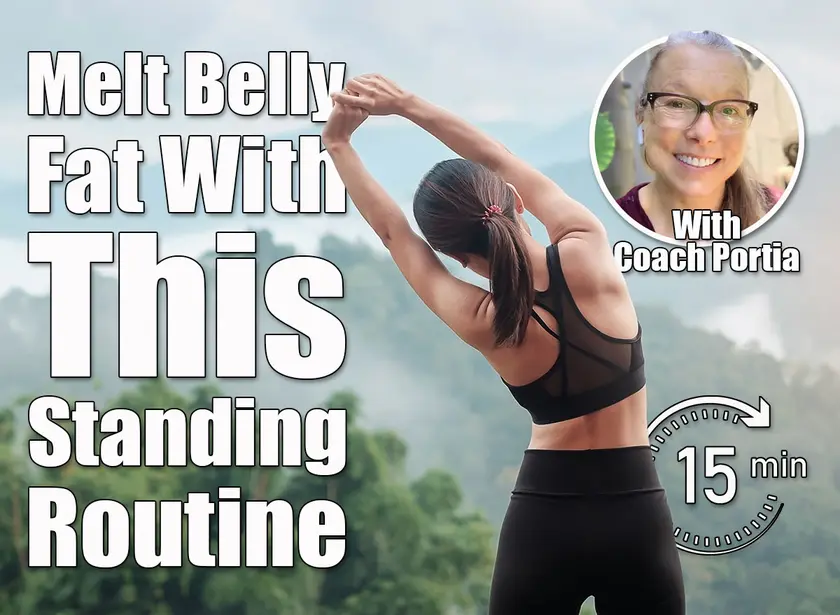T4K3.news
Belly fat explained with clear steps to reduce it
Experts outline the health differences between fat types and practical habits to lower belly fat.

Experts explain the difference between subcutaneous and visceral fat and offer practical steps to reduce belly fat.
Understanding belly fat and how to reduce it
Two fat types drive health risk. Subcutaneous fat sits under the skin around the hips, thighs and arms and is often considered the healthier of the two. Visceral fat, by contrast, gathers around internal organs in the abdomen and is linked with higher risks of insulin resistance, high blood pressure, high cholesterol and heart disease. Some studies even point to a link between midlife visceral fat and a greater chance of developing dementia. The amount of visceral fat tends to differ by sex and age; men commonly store more in the belly, while hormonal changes after menopause can shift fat toward the abdomen for some people.
Experts say there is no reliable way to target fat loss from a specific area. Fat tends to come off where your body is genetically programmed to lose it first, with visceral fat often responding first to exercise. Health indicators matter more than the scale: waist circumference and waist-to-height ratio provide a better sense of visceral fat than BMI or body-fat percentage. The NHS offers guidance on waist targets, including keeping the waist under half the height. Some individuals may carry a lot of visceral fat even with a slim overall appearance, while others can have substantial body fat with relatively little visceral fat. Hidden fat can be present even in people who look lean on the outside.
Practical strategies include creating a daily calorie deficit through diet and activity, with exercise helping to build muscle and raise metabolic rate over time. Protein can aid fullness, though it does not directly burn fat. Overall, many experts stress a combination of dietary changes and regular activity for sustainable weight loss and reduced ectopic fat in the liver and other organs. Some also cite carb cycling or intermittent fasting and emphasize the importance of sleep for regulating hunger hormones, insulin sensitivity and recovery.
Key Takeaways
"Fat comes off where you are genetically predisposed"
Giles Yeo on fat loss locations
"Waist circumference is a better predictor of visceral fat"
Adam Collins on measurement and risk
"Hidden fat is the first to go when you exercise"
Giles Yeo on how fat responds to activity
"More fat in the neck can contribute to sleep apnoea"
Naveed Sattar on sleep-related risks
The piece situates belly fat as more than a cosmetic concern by outlining real health risks tied to visceral fat. It also challenges the myth of spot reduction by stressing that fat loss occurs where genetics and physiology dictate. The article balances medical nuance with practical advice, underscoring that any effective plan must mix dietary changes with physical activity. It also highlights gender and age dynamics, reminding readers that menopause and hormonal shifts can reshape fat distribution and risk. This framing helps readers see fat management as a long-term health project rather than a quick fix.
Yet the piece could benefit from more emphasis on access to guidance and the lived realities of readers who face barriers to regular exercise or dietary change. By naming sleep, appetite, and circadian rhythm, it points toward a holistic approach, but real-world guidance will require individualized plans from clinicians and feasible routines for diverse households. The overall message is hopeful: targeted health gains come from sustainable habits rather than dramatic, unsustainable maneuvers.
Highlights
- Fat comes off where you are genetically predisposed
- Waist circumference is a better predictor of visceral fat
- Hidden fat is the first to go when you exercise
- More fat in the neck can contribute to sleep apnoea
Healthy fat management is a long game built on habits
Enjoyed this? Let your friends know!
Related News

Six steps to cut a beer belly while keeping alcohol

Nine foods may shrink visceral fat in four weeks

Experts clarify fat measurement terms

Sweat location signals health clues

Study reveals dangers of visceral fat

Sugar cutting claim assessed

New Workout Aims to Combat Belly Fat After 50

Rosacea breakthrough prompts cautious optimism
